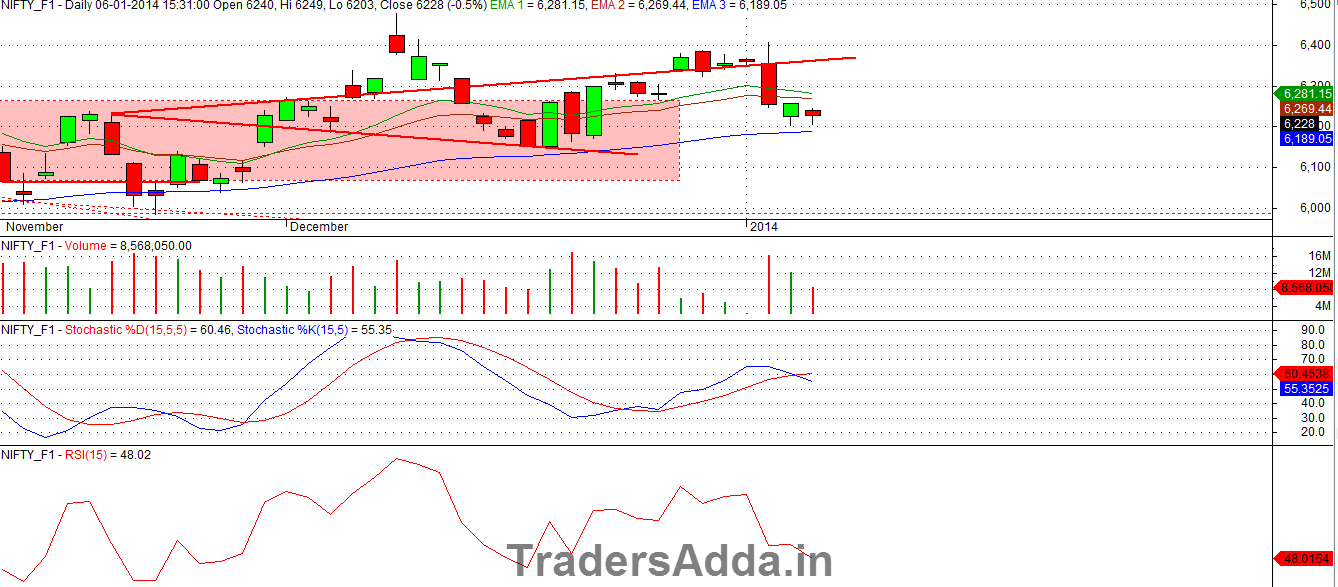Taking Advantage of PreMarket and AfterHours Trading
Post on: 8 Апрель, 2015 No Comment

Many of the most significant market moves take place outside of the regular trading session of the NASDAQ and NYSE. The fact is, price volatility is largely driven by forces taking place outside of normal market hours, and knowing how to appropriately trade futures and stocks outside of traditional trading hours can create huge profit opportunities for penny stock and futures investors.
Economic Indicators
During the pre-market trading session, economic indicators tend to significantly affect price action. A number of crucial economic releases take place at 8:30am EST, which is one hour before the official New York open. Substantial price moves often take place as a reaction to this data, setting the tone for the trading day ahead.
Issued at 8:30am on the first Friday of every month by the Bureau of Labor Statistics. the U.S. Employment Report has a tremendous impact on the market.
Other reports issued at 8:30am EST that consistently move the market include the Weekly Jobless Claims report, Retail Sales report, and the GDP report. By examining the expectations analysts have for these figures, you will be able to better understand the market reactions. Typically, the largest market moves happen when figures greatly exceed or fall short of expected forecasts, creating a highly volatile market full of trading opportunities and risks.
Earnings Releases
Earnings season is the time when publicly traded companies release their much anticipated quarterly earnings reports. It begins one or two weeks after the conclusion of each quarter, so the majority of companies release their quarterly earnings in early January, April, July, and October. During these periods, companies release their earnings before the market opens or after it closes, causing significant price moves outside of the traditional market hours.
Similar to economic indicators, the largest price reactions usually take place when a company significantly misses or exceeds its expectations. By having access to pre-market or after-hours trading, penny stock traders can promptly react to this news and profit from the negative or positive news surrounding an underlying stock.
Major News Events
News announcements and major sociopolitical events often occur over the weekend or after the regular trading hours, having the potential to cause substantial market moves. Natural disasters, oil spills, wars, and many other events can blindside the market at any time and cause tremendous market moves. Being able to access the market after it closes or before it opens will allow you to optimize your position and hedge against any market risk that may ensue from such unforeseeable events.
Trading with ECNs
Electronic Communication Networks, commonly called ECNs, allow traders to access the markets and trade outside of traditional market hours. ECNs are simply electronic trading systems that match any buy or sell orders automatically, allowing individual investors and major firms to trade directly with one another without the need for a middle man.
Instinet was the first ECN, and it primarily allowed institutions to trade with each other. However, now there are many ECNs available to institutional and individual traders alike, such as Archipelago, which facilitate trades outside of standard market hours.
Pre-market stock trading occurs between 7:00am and 9:30am EST, and on a day with a normal trading session, after-hours trading takes place from 4pm to 8pm.
A multitude of retail brokers offer trading during these sessions. Unfortunately, some may limit the types of trade orders that you can use.
Liquidity of ECNs
When trading outside of regular market hours, some brokerages may only allow you to view quotes from the ECN used by the firm. You should also know that liquidity is usually much lower and the spreads are significantly wider when trading outside of regular market hours.
The Futures Market
Although penny stocks can be successfully traded outside of regular market hours, it is important to know that the pre-market session for futures contracts is closely followed to provide a glimpse into what the trading day may hold.
Futures contracts are simply standardized contracts that are used to buy or sell an asset at a predetermined future price and date.
Similar to the foreign exchange market, S & P 500 e-mini futures trade virtually 24 hours a day, and after-hours activity can allow you to gauge how the market will likely trend at the start of the New York open. Although more and more retail investors are beginning to discover e-minis, money managers often purchase them to increase their market exposure or sell the contracts short to hedge their risk over a particular period of time.
Once the sole domain of institutional investors, thanks to today’s electronic markets, trading outside of regular market hours has been made accessible to individual retail traders all over the globe.
Whether you are looking for more trading opportunities or would like to gain a better understanding of how the market will open, following the markets outside of traditional trading hours will provide you with an array of new trading possibilities.














